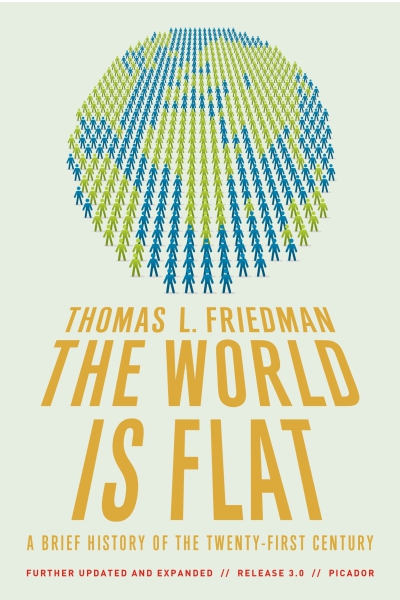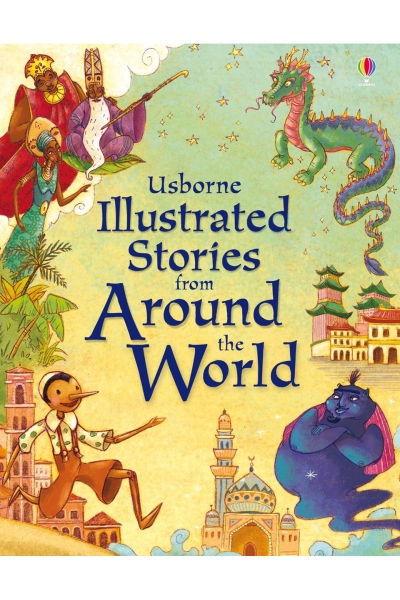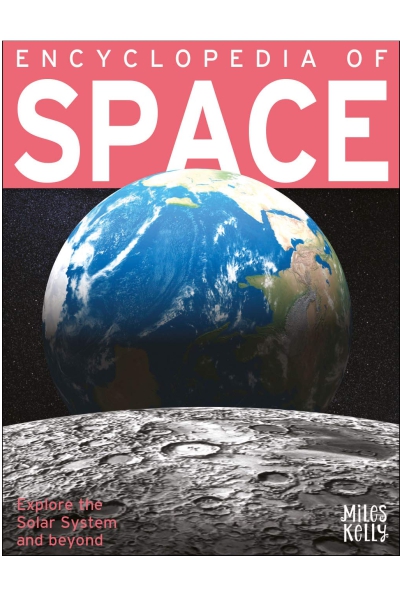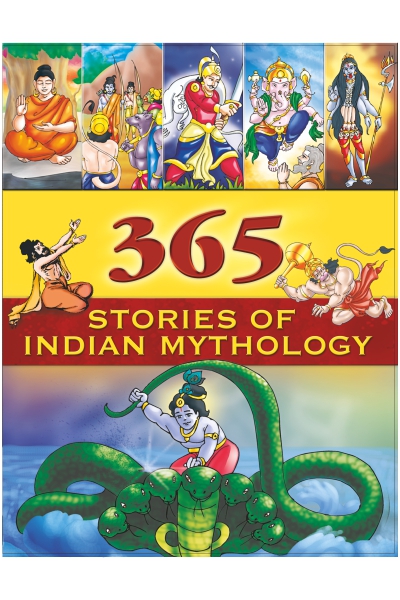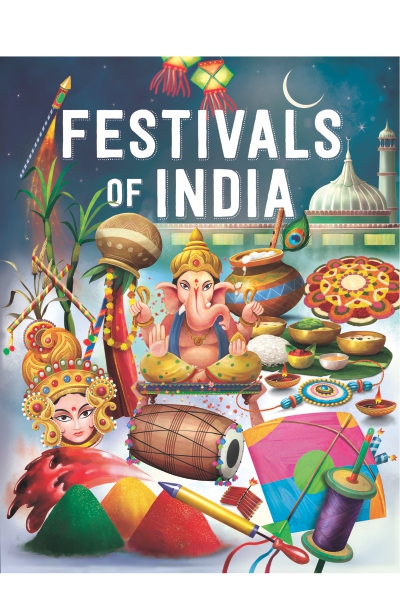Wild India
Axel Gomille | Paperback | 204 pages
MRP : ₹ 2999/-
₹ 1499/- (50% off) inclusive of all taxes
You Save ₹ 1500/-
Last 1 In Stock
Delivery : 4 to 7 Days
North East States: 7 to 15 days
Description : Few books exist on the nature and wildlife of the Indian subcontinent With over 1.2 billion people, India is the second most populated country in the world. With so many people, is there any space left for wildlife? Surprisingly, yes, and wild animals are a common sight, even in modern India. Of the world's thirty-seven species of wild cats, fourteen of them occur in India - more than in any other country. By comparison, the entire African continent only has ten different species of wild cat. In total, about 350 species of wild mammals, 540 species of reptiles, and 1,200 species of birds have been recorded in India. One reason for this remarkable diversity lies in the geography of the Indian subcontinent, since it is very large and encompasses a wide range of different habitats. The distance from the desert in the west, close to the Pakistani border, to the rainforests in the east, close to Myanmar, is around 3,000 kilometres, which is roughly as far as the distance from the tropical coasts of southern India to the snow-capped peaks of the Himalayas in the north. This wide ranges of habitats and extreme landscapes ensures that the biodiversity of India is one of the riches on Earth. Although India's ecology and wildlife have suffered in the past from human encroachment, today some 150,000 square kilometres of wilderness is protected across numerous parks and sanctuaries, with the Wildlife Protection Act and Project Tiger playing a crucial role in conservation. Religion also continues to influence how people treat their environment: Hinduism as India's prevalent religion teaches respect for all forms of life, and some wild animals, such as monkeys, elephants or cobras, are even considered to be holy. India is home to the world's largest surviving populations of wild tigers and Indian rhinoceros. If the fate of these endangered species is to be decided somewhere, it will be in wild India.
Product Details
Publisher : Papadakis Dist A C
Publication Year : 2019
Language : English
ISBN : 9781906506636
Categories : ANIMALS/BIRDS/SEALIFE , INDIA-REFERENCE , REFERENCE BOOKS
Product Dimension : 2.62 X 26.11 X 31.85 cm
Weight : 1.78 kgs
DELIVERY DETAILS
FREE DELIVERY
On all titles in 'Bargains -New Arrivals'
On all titles in 'Bestsellers -Prebooking'
On all titles in 'Classics Deal'
On all titles wherever specified
On order value > ₹ 999/-
For Orders < 999/-
Shipping charges as follows
₹ 1 - ₹ 500 : ₹ 50
₹ 501 - ₹ 999 : ₹ 100
(above charges apply for shipping within India only)
Pin Code Checker


















